Joint health is an incredibly understated topic around the supplement industry - especially around sports nutrition - but nothing is more vital to a long, fruitful life of lifting than your joints. Achy knees, bum shoulders, and cranky lower backs can put you out of the gym and transform a perfectly healthy and active individual into an unmotivated sack of potatoes overnight.

ParActin is a patented extract of Andrographis Paniculata proven in human trials to treat inflammation and help heal achy joints.
We’ve stressed the importance of joint support formulas on multiple occasions. Today, we’re going to go a little more in depth into one of the biggest contributors in the formula -- ParActin.
This powerful plant extract is great for combating inflammation, improving joint health, and a whole lot more!
What is ParActin?
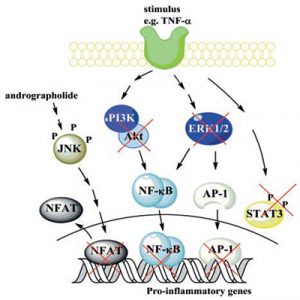
ParActin combats inflammation by inhibiting NF-kB, which reduces COX-2, IL-2, and PGE-2. Image courtesy HP Ingredients.
ParActin is a patented extract of Andrographis Paniculata, standardized to Andrographolide, 14-deoxyandrographolide, and Neoandrographolide. Andrographis paniculata (“King of Bitters”) is an annual herbaceous plant cultivated in India, China and Southeastern Asia. The plant has a long history of use across Asia as a staple of Ayurveda and traditional Chinese medicine, where it’s often used for its adaptogenic properties as well as medicinal qualities. But modern research has revealed that the ancient plant is a powerful weapon against joint pain and inflammation.
How Does it Work?
It’s no secret as we get older, our bodies naturally degenerate, and that means joints, ligaments, bones, muscles, and just about everything that makes you “you” gets worse. But, it’s not just the elderly that need to be worried about decreased joint function: young active individuals regularly engaging in high intensity physical activity also subject their bodies to repeated bouts of stress, which over time impacts your joints, muscle tissue, etc. That means even if you’re presently young and virile you should still be proactive against the swelling, inflammation, and discomfort that comes as a by product of lifting weights.
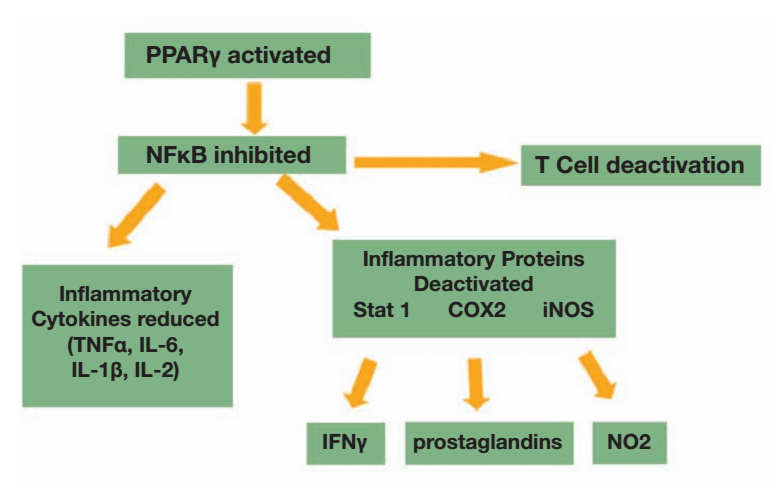
ParActin helps combat the onset of inflammation through PPAR gamma activation. Image courtesy HP Ingredients
ParActin helps combat the onset of inflammation through PPAR gamma activation. As a PPAR gamma agonist, ParActin essentially “turns off” NF-kB, a protein that switches inflammation on and off in the body by activating various genes. Deactivating NF-kB halts the overexpression of inflammatory cytokines, protein, and enzymes including COX-2, interleukin-2 (IL-2), Prostaglandin 2 (PGE2), and interferon gamma.[1]
So, how does this exactly related to joints?
Research has shown that NF-kB is activated in rheumatoid synovium cells.[2] ParActin has been noted to inhibit NF-kB activity and reduce the DNA binding ability of NF-kB, which results in less COX-2, PGE-2, and IL-2. Additionally, ParActin inhibits NFAT activity, a transcription factor associated with bone erosion,[3] and induces osteoblast mineralization, which may help prevent osteoporosis.
Now let’s take a look at some of the research behind ParActin and see how this translates to real world improvements in health and function.
ParActin Research
-
Joint Health
A 2009 randomized, double blind, and placebo-controlled study involving 60 patients with rheumatoid arthritis (RA) were given 100mg of ParActin or placebo 3x / day for 14 weeks in conjunction with MTX (methotrexate).[4] MTX is a standard treatment for RA which helps reduce pain, improve joint function and lower the number of tender and swollen joints. However, long term use of MTX may pose serious consequences for your liver, including infection and possible liver damage.[5]
The ParActin group showed significant improvement compared to the placebo group in reducing the number of swollen joints and tender joints, as well as improving scores on HAQ-52 and SF-36 health questionnaires (important metrics when monitoring joint pain in patients). The patients receiving ParActin also showed reduced levels of RF, creatine kinase, IgA-RF and IgM-RF; fyi, patients with RA typically have elevated levels of these antibodies.
-
Bone Health
ParActin supports bone health by increasing calcium deposits in the bone and promoting osteoblast activity. Image courtesy HP Ingredients.
ParActin isn’t just for your joints, it also helps promote bone health, too. Healthy bones require a delicate balance of bone formation by osteoblasts and bone resorption by osteoclasts. However, as we age, this delicate balance begins to shift more towards resorption which leads to osteoporosis, seen most often in elderly women.
ParActin has been shown to increase osteoblasts, and reduce expression of osteoclasts via inhibition of nuclear factors of activated T-cells (NFAT) activity. The end result is increased calcium deposits, making for stronger healthier bones and prevention of osteoporosis.[6,7]
-
Muscle Support
During intense exercise, your muscles are subjected to high stress which eventually leads to damage. While some muscle damage is needed in order to make them grow, repeated damage to the muscle coupled with insufficient recovery can lead to injury. ParActin once again can help you stave off injury by promoting recovery and reducing inflammation.
An eye-opening study conducted in mice found that ParActin:[8]
- reduced inflammation in the skeletal muscle via NF-kB inhibition
- reduced fibrosis and pro-fibrotic factor
- reduced muscle damage and lowered serum creatine kinase
-
Boosts immune system function
ParActin also helps you recovery from your workouts better by mitigating muscle damage and inflammation. Image courtesy HP Ingredients.
Finally, ParActin also enhances immune system function. A randomized, double-blind placebo-controlled study involving 158 adults present with symptoms of the common were given 200 mg of ParActin per day or placebo for five days.
Researchers noted at the end of the study that the group consuming ParActin demonstrated significantly less severe cold symptoms compared to the placebo group.[9] It’s believed that ParActin’s ability to reduce the production of proinflammatory cytokines and balance out the immune system helps combat the sickness and promote wellness.
Dosing
The dose used in the clinical trials showing effectiveness for improving joint health and function is 300 mg daily.
Conclusion: This one's worth trying
Far too often, people resort to NSAIDs such as acetaminophen (liver-toxic) or ibuprofen (gut bacteria destroyer) to relieve their pain, but these are often just a temporary fix for the deeper underlying issues causing joint aches and pains, and they bring their own side effects that can eventually become worse than bad joints!
ParActin is an all-natural remedy that combats inflammation, provides relief, and isn’t detrimental to your health with long term use.
If you’re tired of dealing with crummy feeling joints, and want to put ParActin to the test, we’d recommend trying ParActin.
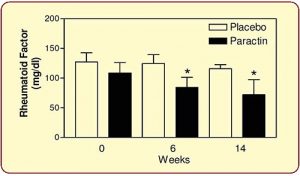
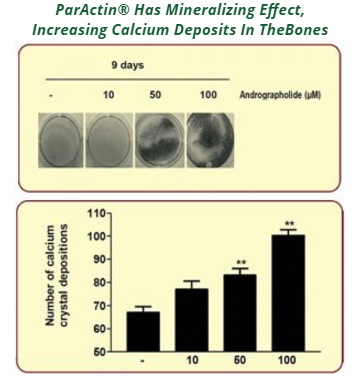

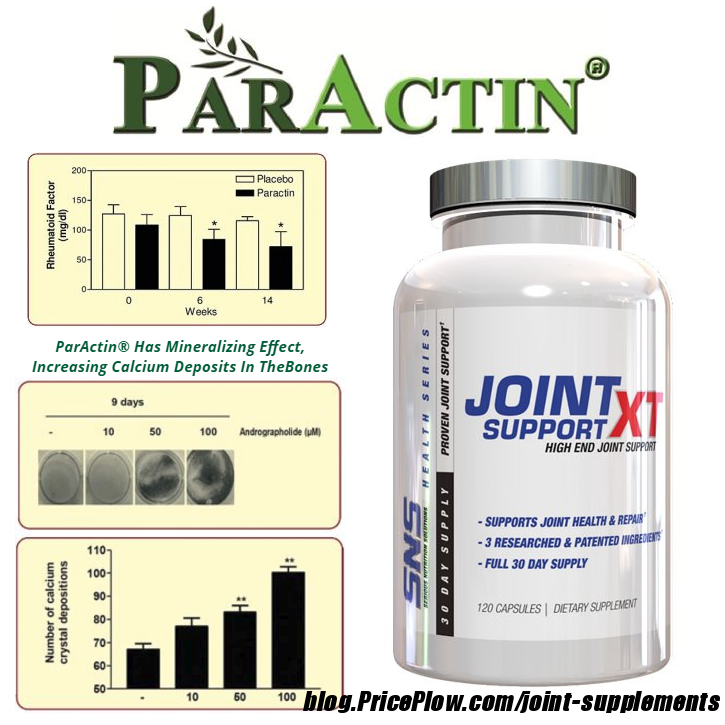


Comments and Discussion (Powered by the PricePlow Forum)